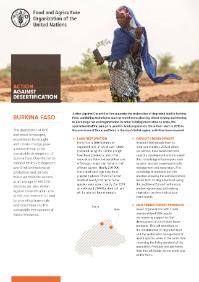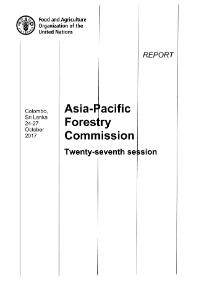Focal point
Location
The Food and Agriculture Organization of the United Nations leads international efforts to defeat hunger. Serving both developed and developing countries, FAO acts as a neutral forum where all nations meet as equals to negotiate agreements and debate policy. FAO is also a source of knowledge and information. We help developing countries and countries in transition modernize and improve agriculture, forestry and fisheries practices and ensure good nutrition for all. Since our founding in 1945, we have focused special attention on developing rural areas, home to 70 percent of the world's poor and hungry people.
Members:
Resources
Displaying 506 - 510 of 5074世界食料農業白書2015年報告
This is the translated publication of the State of Food and Agriculture 2015, published originally by HQ.
Morocco and FAO
FAO has supported Morocco’s development throughout the food and agriculture sector for over 60 years. Since the opening
of the FAO Representation in Rabat in 1982, more than 200 national and 65 regional projects have been delivered. Technicalassistance at the country level is focused on support to policies and strategies for sustainable development, in particular theGreen Morocco Plan, the Fisheries Plan, the National Strategy for Sustainable Development, the National Water Strategy and theBurkina Faso
Fact sheet on activities of Action Against Desertification in Burkina Faso. Action Against Desertification is an initiative of the African, Caribbean and Pacific Group of States (ACP) in support of the Great Green Wall initiative and UNCCD national action programmes to combat desertification, implemented by FAO and partners with funding of the European Union.
Report of the Twenty-seventh Session of the Asia-Pacific Forestry Commission
This publication reports the proceedings of the twenty-sixth session of the Asia-Pacific Forestry Commission (APFC) held in Colombo, Sri Lanka, from 23 to 27 October 2017.
Land reform experiences. Some lessons from across South Asia
This study draws on some case studies of land reforms in different South Asian countries. These reforms came on the national and international agenda in a major way in the post- World-War II period and were led by the transition theory, requiring agriculture to provide both surplus and labor for the growth of a modern industrial economy and leading to focus on efficiency in agricultural production (which would release resources -capital and labor- for investment in the modern industrial sector), rather than on distribution.











